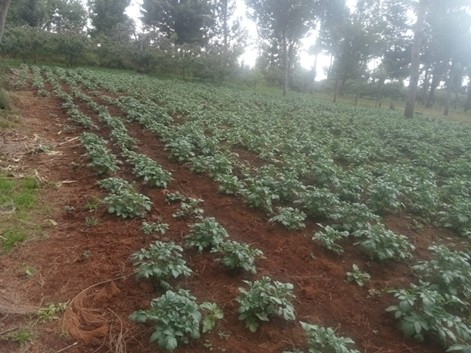Potatoes are Kenya’s second most important food crop after maize. However, farmers lose up to 30–40% of their harvest due to poor storage. Smart cold storage solutions are now emerging as a vital technology to cut post-harvest losses, stabilize prices, and improve farmer incomes.
Why Cold Storage Matters
Potatoes are highly perishable. Without proper storage, they sprout, shrink, or rot within weeks. Cold storage extends shelf life for months, giving farmers flexibility to sell when prices are higher instead of rushing to dispose of harvests at low prices.
Smart Cold Storage Technologies
- Solar-Powered Cold Rooms: Affordable, sustainable, and ideal for off-grid rural areas.
- Digital Warehouse Systems: Sensors monitor temperature and humidity, ensuring optimal conditions.
- Cooperative Storage Models: Farmers pool resources to build and manage storage units.
Benefits to Farmers
- Reduced Post-Harvest Losses: Farmers retain up to 80–90% of their produce.
- Price Stabilization: Farmers can wait for better prices rather than selling at harvest glut.
- Improved Bargaining Power: With longer storage, farmers can negotiate better deals with buyers.
Real-World Examples
In Nyandarua County, farmer cooperatives have embraced solar-powered cold rooms, cutting post-harvest losses by nearly half. Similar projects in Meru and Nakuru are helping smallholders store more and sell smart.
Challenges
- High Capital Costs: Setting up cold rooms requires financing support.
- Maintenance: Skilled technicians are needed to run digital systems.
- Access: Remote farmers may not have access to shared facilities.
Future Outlook
Public-private partnerships could scale up cold storage across Kenya. If widely adopted, smart warehousing could transform the potato value chain, ensuring better incomes and food security.
Conclusion
Smart cold storage is more than just technology—it’s a lifeline for potato farmers. By reducing waste and improving market access, it holds the key to building a resilient and profitable potato sector in Kenya.



